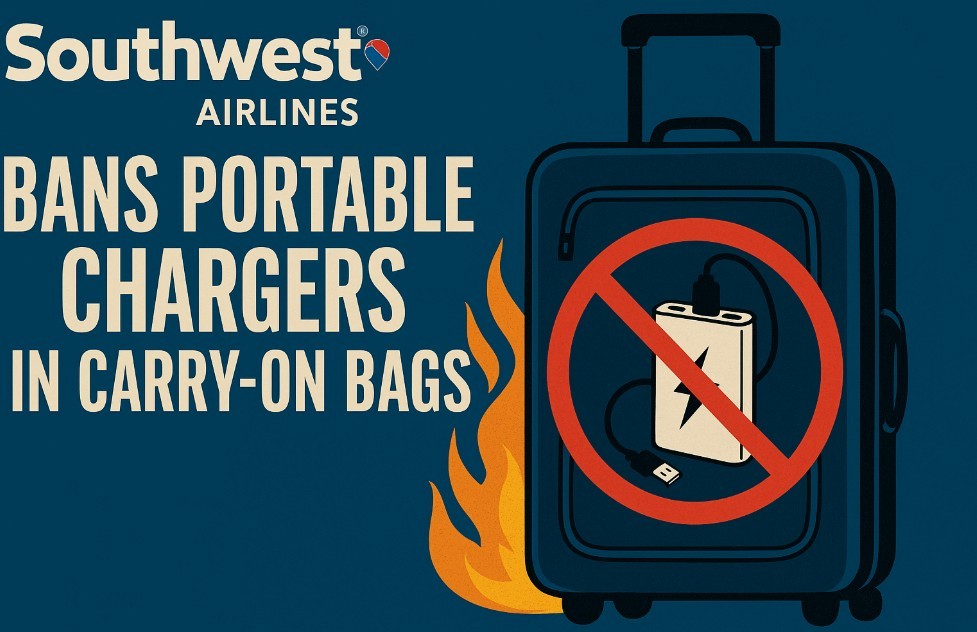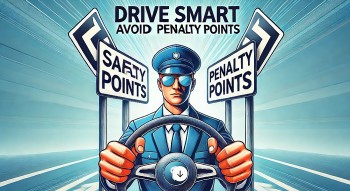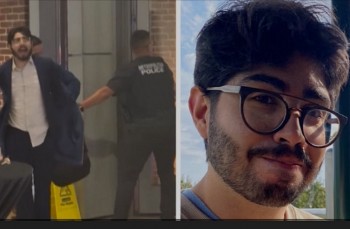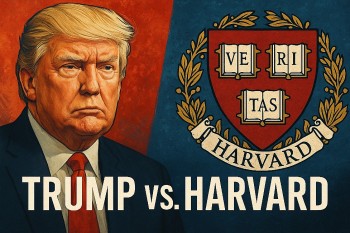What Are Private School Vouchers in Texas? Senate Bill 2 and the Future of School Choice
A Historic Shift in Texas Education Policy
On May 3, 2025, Governor Greg Abbott signed Senate Bill 2 into law, officially launching Texas’ first statewide private school voucher program. The move marks a major turning point in Texas education policy and fuels one of the nation’s most heated debates: school choice vs. public education funding.
Set to take effect on September 1, 2025, with full implementation by 2026–2027, this law introduces Education Savings Accounts (ESAs), allowing families to use public tax dollars to pay for private education — a monumental shift with far-reaching consequences.
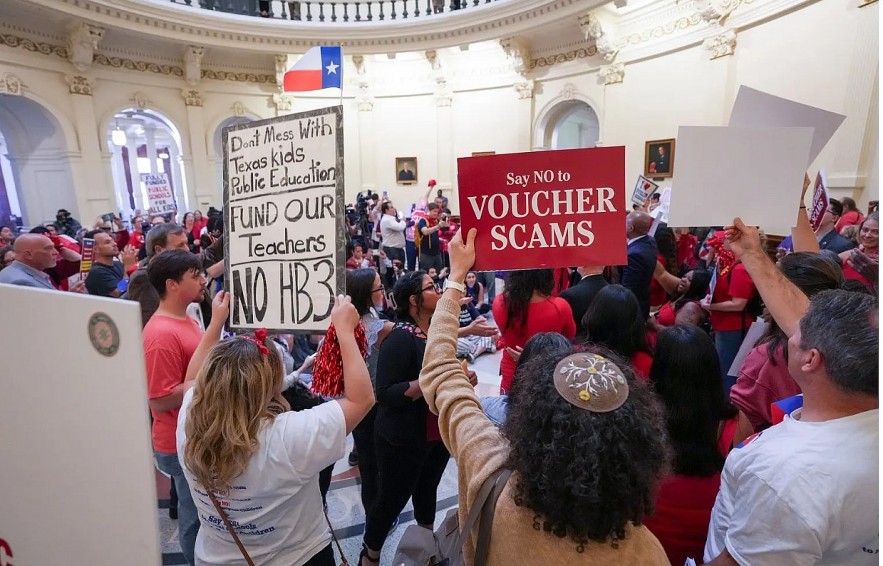 |
| Public school advocates rally with Democrat House members in the Texas Capitol before the Texas House started their debate on their school voucher proposal |
What Is a Private School Voucher in Texas?
Private school vouchers in Texas will take the form of Education Savings Accounts (ESAs) — state-managed accounts that eligible families can use for various education-related expenses.
Key Features:
-
Up to $10,300–$10,900 annually per student.
-
Students with disabilities may receive up to $40,000 (base + special education support).
-
Homeschooling families can access up to $2,000/year.
-
Funds can be used for:
-
Private school tuition
-
Textbooks and educational supplies
-
Tutoring and therapy
-
Testing, transportation, online courses
-
Texas joins states like Arizona and Florida in offering universal or near-universal voucher access — but it’s doing so on a far bigger scale.
Who Qualifies for the Texas Voucher Program?
Eligibility Requirements:
-
Must be a school-age child residing in Texas.
-
No income cap for most families.
-
Up to 20% of total funds can go to families making 500% of the federal poverty line or more (approx. $160,000+ for a family of four).
-
Students already in private schools are eligible.
Critics say this favors wealthier families already able to afford private school, while supporters argue that it finally gives middle-class and underserved families more options.
How Much Will Texas Spend on the Voucher Program?
-
Initial budget cap: $1 billion for 2026–2027.
-
By 2030, costs could reach $4.8 billion, depending on demand.
-
Funds will be distributed via ClassWallet, a fintech platform already used in Arizona’s ESA program.
Texas lawmakers will revisit funding levels in future legislative sessions, potentially adjusting eligibility or spending caps based on political and fiscal pressures.
Supporters vs. Opponents: The Political Divide
Supporters (Abbott, Dan Patrick, conservatives):
-
Argue that parents deserve more educational freedom.
-
Say COVID-era restrictions and social curriculum shifts created distrust in public schools.
-
Claim that public schools and vouchers can coexist — this is about options, not opposition.
Opponents (Democrats, rural Republicans, teacher unions):
-
Warn that the program will defund public schools, especially in low-income and rural communities.
-
Point to other states where similar voucher programs:
-
Benefited wealthier families disproportionately
-
Produced no consistent academic gains
-
Lacked transparency and accountability
-
Public schools in Texas educate over 5 million students and are the largest employer in many counties. Diverting state funds away from these schools could, critics say, cause lasting damage to communities already struggling.
What Happens to Public Schools?
This is the heart of the debate. Critics argue:
-
Every dollar spent on vouchers is one less dollar for public education.
-
Schools still must pay for buildings, staff, and services — even as enrollment drops.
-
Unlike public schools, private schools aren’t required to take all students, especially those with disabilities or behavioral issues.
Meanwhile, supporters say competition will force public schools to improve — but research from states like Arizona shows mixed to negative results when it comes to outcomes for voucher students.
Transparency and Accountability: A Big Unknown
Unlike public schools, many private schools:
-
Are not subject to state academic standards.
-
Are not required to administer standardized tests.
-
May exclude students based on religion, disability, or academic performance.
Without strict accountability, critics fear taxpayer dollars will be spent with little oversight.
The Big Picture: What’s Next for Texas Education?
Texas is now home to one of the largest voucher experiments in the U.S. The program could reshape education funding, widen the school choice movement, and trigger ripple effects across the country.
But key questions remain:
-
Will voucher programs help students academically?
-
Can public schools survive the funding shift?
-
Will the state hold private schools accountable?
-
And who ultimately benefits — families or private school operators?
The coming years will be a crucial test of whether Texas can balance choice, equity, and quality in its education system.
Conclusion: A New Era, or a Costly Gamble?
Texas has made a bold move. Supporters say it empowers parents and improves education. Critics say it defunds public schools and undermines equality.
What’s clear is this: Texas is no longer just talking about school choice — it’s rewriting the rules. Whether this leads to greater opportunity or deepens inequality will depend on how the program is implemented, monitored, and adapted.
Frequently Asked Questions (FAQs) about Private School Vouchers in Texas
1. What is Senate Bill 2 in Texas?
Senate Bill 2 is the legislation signed into law by Governor Greg Abbott in May 2025 that authorizes the creation of Education Savings Accounts (ESAs) — a voucher-style program allowing families to use public funds for private school tuition and other educational expenses.
2. How much money can a family receive through Texas’ voucher program?
Most families can receive between $10,300 and $10,900 per student each year. Students with disabilities may qualify for up to $30,000 extra, and homeschoolers can receive up to $2,000 annually.
3. Who is eligible for the Texas voucher program?
Any school-age child living in Texas may be eligible, including those already attending private schools. Up to 20% of funds can go to higher-income families earning over $160,000/year for a family of four.
4. When will the Texas voucher program start?
The law takes effect on September 1, 2025, but the program is expected to launch fully in the 2026–2027 school year.
5. What can the voucher funds be used for?
Funds can be used for:
-
Private school tuition
-
Textbooks and instructional materials
-
Educational therapy
-
Tutoring
-
Transportation
-
Online courses and testing fees
6. How will families access the voucher funds?
Families will receive their funds through state-managed Education Savings Accounts, similar to prepaid debit accounts. Texas is expected to use a platform like ClassWallet, which is already used in other states.
7. Will this program reduce funding for public schools?
Critics argue yes — since state funding follows students, fewer enrolled students may mean less money for public schools. Supporters claim that public education and vouchers can coexist, offering families more choice without dismantling existing schools.
8. Are private schools in the program held to the same standards as public schools?
No. Private schools are not required to follow state curriculum standards, administer standardized tests, or accept all students, including those with disabilities or behavior issues. This raises concerns about accountability and equity.
9. How much will the program cost Texas taxpayers?
The initial cost is capped at $1 billion for 2026–2027, but state projections estimate that costs could reach $4.8 billion by 2030 if demand increases and the cap is lifted.
10. Can families already sending kids to private schools get vouchers?
Yes. There is no requirement for students to be coming from public schools. This has led to concerns that the program may subsidize private school tuition for families who were already paying for it themselves.
11. How does Texas’ voucher program compare to other states?
Texas is now home to one of the largest voucher-style programs in the U.S., rivaling states like Arizona, Florida, and West Virginia. However, Texas is unique in that it’s entering the school choice space after years of intense political resistance.
12. Is there an income cap to qualify for vouchers?
No. While priority may be given to low- and middle-income families, even high-income families can apply, as long as they fall within the 20% of the budget reserved for higher-income brackets.
 China's AI Education Push: How Schools Are Training the Next Tech Leaders China's AI Education Push: How Schools Are Training the Next Tech Leaders China is making significant strides in integrating artificial intelligence (AI) education into its primary and secondary school curricula, aiming to cultivate a generation proficient in ... |
 Top 12 Countries with the Most Advanced Education Systems Top 12 Countries with the Most Advanced Education Systems Which country has the best education system in the world? The answer often sparks debate. Using the latest global education indicators, we've updated the rankings ... |






